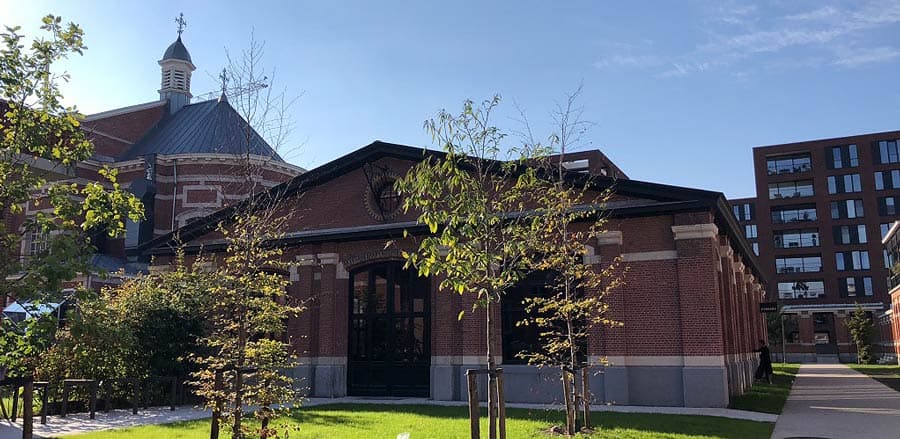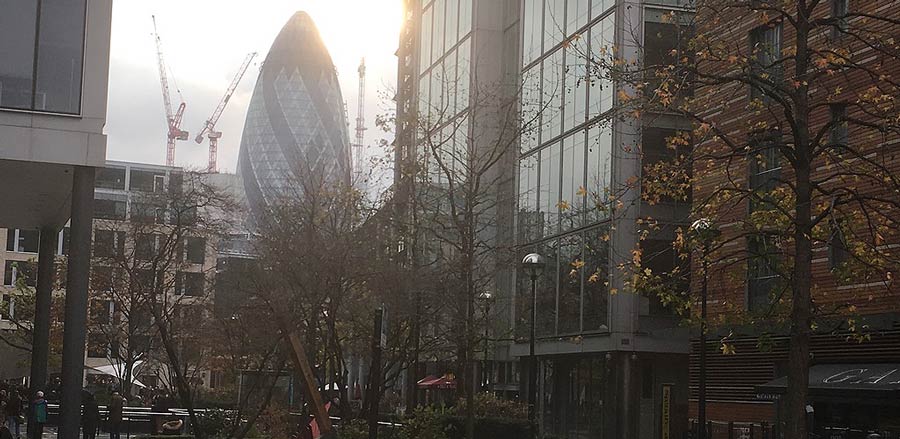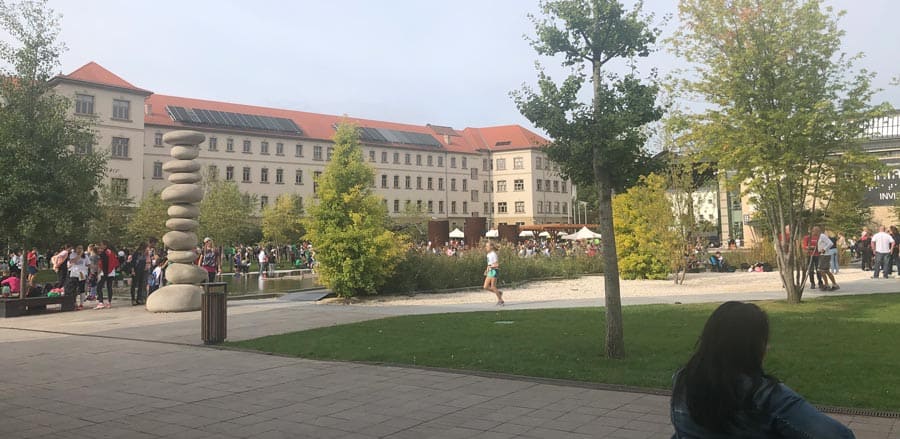How to be Truly Open: Rethinking Public Spaces in the Post-Covid City
To those not willing – or able – to spend money, many public spaces are not as public as they pretend to be. This has to change, argues Tuna Taşan-Kok, making the case for new coalitions in urban development.
Public Spaces Throughout Time
When I was a bachelor student of urban planning in the late 1980s, the ‘public space norms’ were taught in terms of concrete rules, metrics, and principles of good urban design. We had to calculate a minimum seven square metres of green space per person in a new urban area, and provide amenities and functions like schools, shops, or other urban services within the perimeter of 100 metres, which was considered to be the walking distance.
Through the years, new approaches emerged and new dimensions were added to the understanding of public spaces, such as participation, inclusiveness, and co-creation. Supported by the recognition of climate change by the wider society, providing green spaces in the city gained more importance and continued to be a significant indicator of the quality of urban life.
However, these dynamics also went hand in hand with the commodification of public spaces – today, it is quite difficult to find open public spaces in cities where people can simply sit, interact with each other, or circulate without having to consume something.

A roof-top pseudo-public space in Zuidas, Amsterdam © Tuna Taşan-Kok
Pseudo-Public Spaces
Worse than that, new public spaces are often developed as part of urban projects which are based on some deal between public and private sector actors: these tend to minimise the wider public’s access to and use of these spaces. Criticised for their exclusive and commodified use, these ‘pseudo-public spaces’, which seem public but are actually owned by private companies, have quietly spread across cities worldwide.
This kind of private sector involvement means producing meaningless green spaces without real function across new urban projects. In a way, public space has become part of a negotiation game in the property-market driven form of urban development, where new quantitative measures, norms, and principles on square metre prices, consumer preferences, or buying power seem to define the capacity, function, and location of the public space functions. It is the responsibility of the public sector to counteract such tendencies.
In this market-driven setting, searching for solutions to growing problems like affordable housing provision, large metropolitan cities began to turn back to traditional urban development approaches like ‘densification’, adding yet more limitations to open public space production.
Social Distancing and Public Spaces
Against this backdrop, the world entered the Covid-19 pandemic era, where we have learned to apply a new concept to the use of public spaces: social distancing, a term which actually means ‘physical distance’ between people. A safe distance was calculated to be around 1,5 – 2 metres. With people isolated or quarantined in their own homes for months, and even asked to keep this distance in open spaces, one issue became very clear to urban residents: there is not enough ‘open public spaces’ in cities to provide a place where people can simply walk, stretch, meet each other, and move around without taking risks.
As soon as the lock-down measures were relaxed, terraces of cafes and restaurants, beaches, and parks were completely packed again, either respecting the physical distance rules or not. While local governments enabled the extension of commercial open spaces to allow more distance between the users, new forms of competition also emerged to make more use of public streets, pedestrian paths, or other public spaces. Urban residents are hungry for open public spaces, and the urgency to rethink existing norms, rules, and principles is obvious.
This requires stronger public sector interventions and urban planning measures that ensure that quantitative norms of ‘quality of urban life’ enter into property-driven forms of urban development. While scientists still struggle with the understanding of the extent and impact of Covid-19, one thing has already become clear: we have to learn to live with it for a while, perhaps forever. This is a wake-up call, requiring us to re-think the meaning of the open public space. We do not only have to de-commodify the public space production process, but will also have to supply it with new meanings, functions, and places in cities. This is, however, said easier than done.

Public space produced within the Green Quarter urban regeneration project in Antwerp © Tuna Tuna Taşan-Kok
New Coalitions in Urban Development
Public and private sector actors and urban communities need to establish coalitions around the production of urban space in order to make current property-market driven forms of urban development contribute to liveable cities. We need new public space norms, principles, and rules to ensure that cities can provide breathing spaces for their residents as a top priority. In my view, the public sector, especially local governments, now has the momentum to come up with new ‘unnegotiable’ rules, regulations, and principles to prioritise the planning, development, and production of open public spaces.
For this, new bottom-up approaches are needed to include the urban residents into the co-creation processes and also to include property market actors into the creation and management of open public spaces. As public funds tend to be limited, local governments need these new coalitions instead of aiming to solve the issue alone.

A pocket public space in Tower Hamlets, London © Tuna Taşan-Kok
It’s Time To Rethink Urban Regeneration
Over the last few decades, a shift from welfarist to entrepreneurial forms of governance has left local governments with limited resources to provide the services (infrastructure, social and healthcare, affordable housing, et cetera) they are responsible for. Within this framework, land and property markets became one of the most important income-producing elements in urban economies.
We have become accustomed to urban regeneration projects rather producing fancy new commercial elements like ‘food halls’ or ‘lifestyle centres’ than just open public spaces where we can sit and enjoy each other’s company without consuming or spending anything. We consider it a sacrifice by our local government to turn ‘available’ public land in a crowded city centre into an open green space. Same with giving a run-down brownfield area in a nice waterfront location to the neighbourhood, to develop a non-commercial community space that will encourage meaningful encounters between residents.
However, I believe that such ways of creating open public space can be regulated and normalised in post-Covid cities. Through new urban planning instruments, local governments can set new norms, rules, metrics, and principles that prioritise urban health by increasing the amount of accessible, open, and inclusive public spaces.

Partly open, partly commodified public space in Millenaris Park, Budapest © Tuna Taşan-Kok
